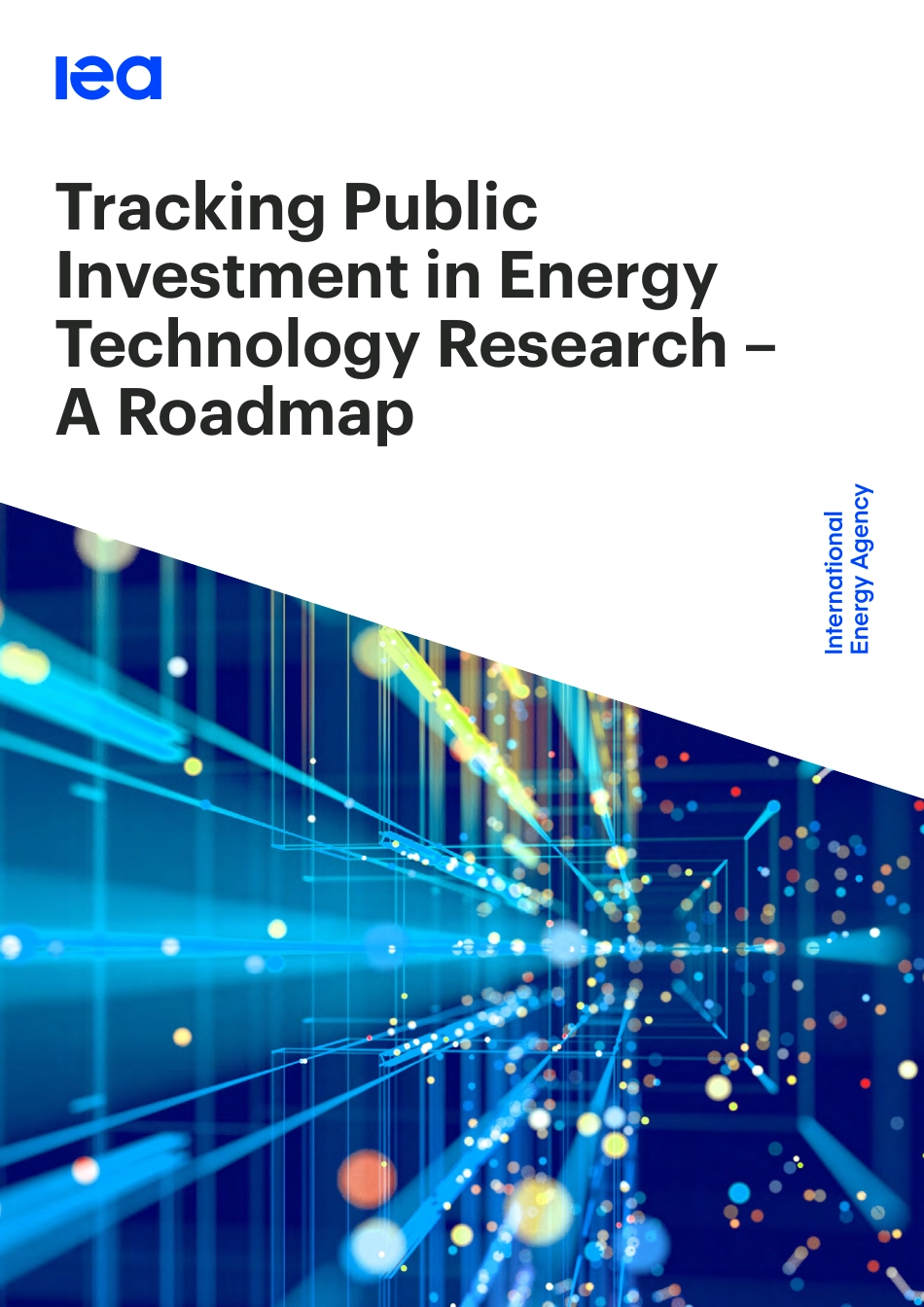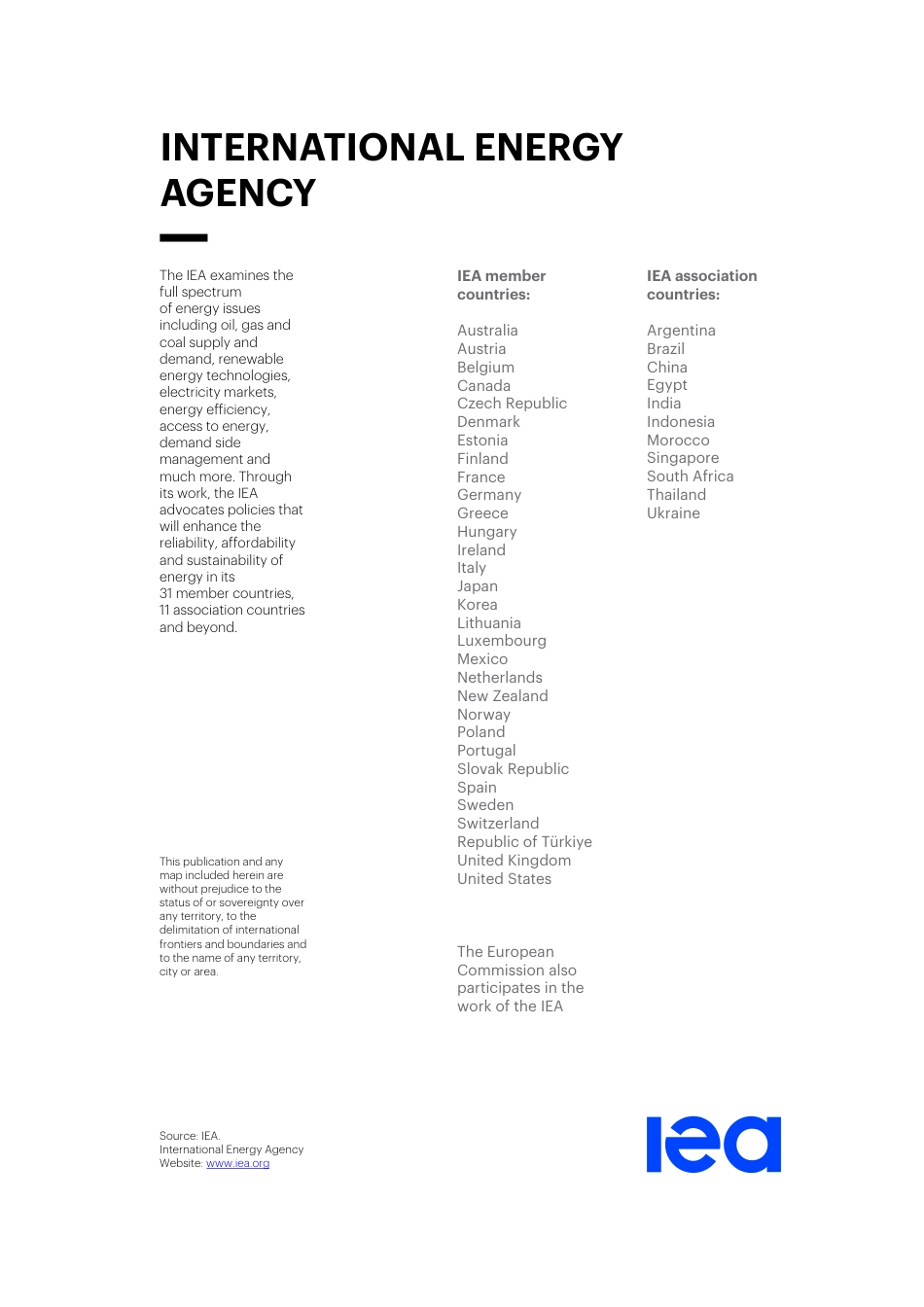Tracking Public Investment in Energy Technology Research – A RoadmapThe IEA examines the full spectrum of energy issues including oil, gas and coal supply and demand, renewable energy technologies, electricity markets, energy efficiency, access to energy, demand side management and much more. Through its work, the IEA advocates policies that will enhance the reliability, affordability and sustainability of energy in its 31 member countries, 11 association countries and beyond.This publication and any map included herein are without prejudice to the status of or sovereignty over any territory, to the delimitation of international frontiers and boundaries and to the name of any territory, city or area.Source: IEA. International Energy Agency Website: www.iea.orgIEA member countries: AustraliaAustriaBelgiumCanadaCzech RepublicDenmarkEstoniaFinlandFranceGermanyGreeceHungaryIrelandItalyJapanKoreaLithuaniaLuxembourgMexicoNetherlandsNew ZealandNorwayPolandPortugalSlovak RepublicSpainSwedenSwitzerlandRepublic of TürkiyeUnited KingdomUnited StatesThe European Commission also participates in the work of the IEAIEA association countries:ArgentinaBrazilChinaEgyptIndiaIndonesiaMoroccoSingaporeSouth AfricaThailandUkraineINTERNATIONAL ENERGYAGENCYTracking Public Investment in Energy Technology Research: A Roadmap Abstract PAGE | 3 I EA. CC BY 4.0. Abstract A wide range of countries make efforts to track their entire national public energy research, development and demonstration (RD&D) activity on an ongoing basis, also sharing the collected data with the IEA through a standardised template. However, the approaches adopted to collect data vary significantly across countries. This roadmap describes the variety of country approaches, also identifying the most important ...



